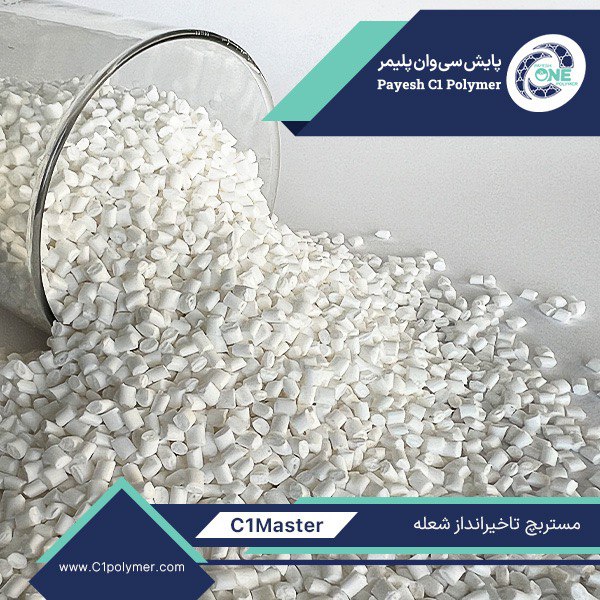This compound is produced in two ways, halogenated and non-halogenated. In a halogenated flame retardant compound, the halogen fraction begins to decompose in the presence of a flame, resulting in the formation of halogen radicals. These radicals react with oxygen and hydrogen radicals in the gas phase, thereby reducing their concentration, and in fact the flame retardant mechanism of these compounds is as follows. In the non-halogenated flame retardant compound, the flame retardant fraction decomposes in the presence of the flame to form a layer of char and water. The presence of a char layer acts as a protective layer that prevents the solid phase from continuing to burn, and water also acts as a diluent for flammable gases.
Both compounds are in the V-0 standard category according to the standard (UL-94) and their different types are as follows:
- Flame retardant compound based on polyolefins (polyethylene and polypropylene)
- Flame retardant compound based on ABS
- Flame retardant compound based on PA

Reviews
There are no reviews yet.